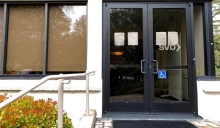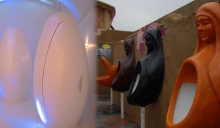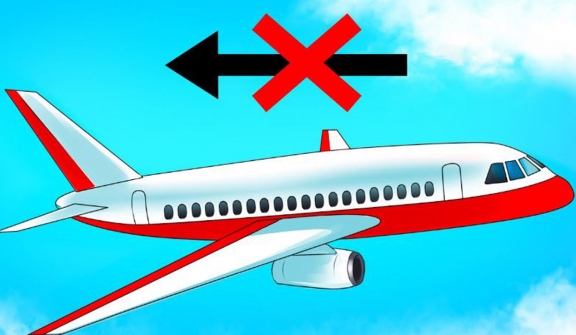
In fact, an airplane can reverse on the ground. However, they will never move in this way.
The reason airplanes only move forward on the runway is to ensure safety. Currently, only a very few commercial aircraft models can reverse. However, when performing this action, the airplane still requires a support vehicle called a pushback tug, which is directly connected to the aircraft's nose.
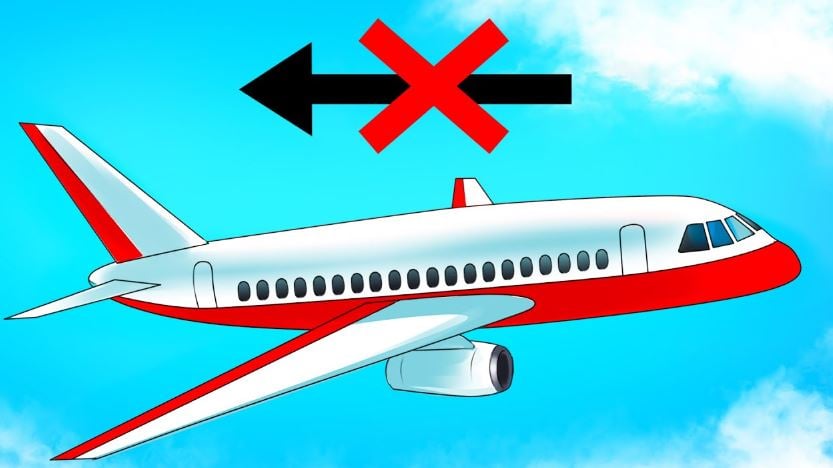
Under the control of ground personnel and engineers on the aircraft, the tug will maneuver the airplane to the desired position. Afterward, the pilots will begin taxiing forward once the aircraft is in position on the runway.
Pushing an airplane over a long distance is also restricted to ensure maximum safety for both the aircraft and passengers. The operating airline needs approval from the aircraft manufacturer before executing the towing procedure over a long distance with heavy loads.
When reversing an airplane, the engines operate in reverse thrust, and to operate efficiently, they may need to operate at full power. This technique causes fuel consumption to be higher than normal, which can affect the flight process.

Furthermore, operating the engines in full reverse thrust has the potential to create serious risks. When pilots apply brakes while moving backward, tail strikes can occur. In this case, the tail of the airplane may collide with the ground or an unseen object.
According to experts, the concept of airplanes flying backward in the sky is impossible. The reason lies in the operation of the wings.
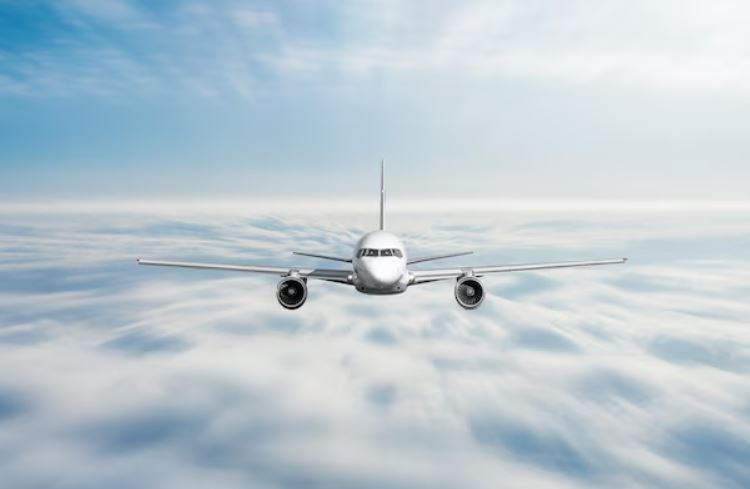
Typically, an airplane's wings only generate enough lift to fly in the forward direction. If flying backward, the airplane would simply fall straight down like a rock.
There is one exception to this "no flying backward" rule. If there is a strong headwind and the airplane is moving at the minimum speed, with the flying speed lower than the wind speed, the airplane will fly backward parallel to the ground. But in reality, it still flies forward because the flying speed is sufficient to maintain equilibrium in the air.
